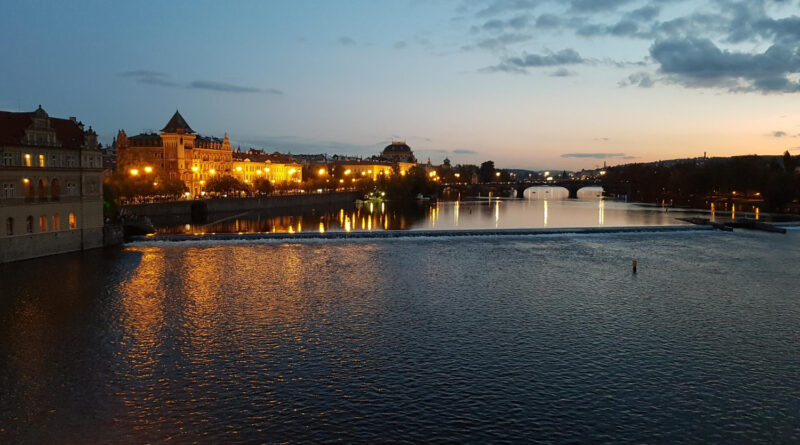Scandinavia to the Extreme
Scandinavia to the Extreme: Midnight Sun, Polar Night, and a Gastronomic Tour Along the North
Scandinavia is a region of extremes, where nature dictates the terms and culture has learned to coexist with them in harmony. Spanning northern Europe from Norway to Sweden, Denmark, Finland, and Iceland, this region presents a mix of stunning landscapes, long-held traditions, and a food tradition that mirrors the harsh yet stunning surroundings. Two of the most intriguing natural phenomena that can be experienced here are the Midnight Sun and the Polar Night—opposites that govern the locals’ rhythm of life and leave tourists speechless. In addition to these light and darkness extremes, Scandinavia is also renowned for its rich culinary traditions that vary from homemade seafood to internationally known New Nordic cuisine.
The mysteries of the Midnight Sun and Polar Night, uncover how they influence life in the Arctic, and then embark on a food trail across Scandinavia, sampling flavors that reveal the region’s character, creativity, and resilience.
The Midnight Sun: Light That Never Fades
Imagine standing on a cliff overlooking Norway’s fjords or Iceland’s volcanic coastline at midnight, only to see the sun glowing gently above the horizon. This surreal experience is called the Midnight Sun, a phenomenon that occurs in regions above the Arctic Circle during summer months. Between late May and mid-July, the Earth’s tilt makes the sun visible continuously.
- Tromso, Nordkapp (North Cape), and the Lofoten Islands in Norway are among the best places to witness it.
- In northern Sweden and Finland, endless daylight makes summer magical.
- Iceland experiences nearly 24 hours of daylight in midsummer.
Tourists enjoy hiking, kayaking, and even festivals like Iceland’s Secret Solstice Festival under the never-ending sun.
Living with the Midnight Sun
For locals, the Midnight Sun means gardening late at night, kids playing endlessly, and fishing villages making the most of long working hours. Festivals add cultural meaning:
- Sweden’s Midsummer Festival – dancing, maypoles, folk songs, and dining on herring and potatoes.
- Finland’s Juhannus – lakeside bonfires, sauna traditions, and community celebrations.
The Polar Night: Darkness with a Soul
Between November and January, places above the Arctic Circle enter the Polar Night, when the sun disappears completely. In Tromso, the sun does not rise for nearly two months. Yet, the darkness is full of beauty—deep blue skies, twilight purples, and the magic of the Northern Lights (Aurora Borealis).
- Activities include dog sledding, reindeer safaris, and ice fishing.
- Cabin stays under starry skies make the experience magical.
Life and Culture During Polar Night
The indigenous Sami people of Norway, Sweden, and Finland celebrate this season through reindeer herding, chanting, and crafts. Modern cities brighten winters with Christmas markets, candles, and cozy traditions like Danish hygge. Despite challenges such as Seasonal Affective Disorder, Scandinavians embrace Polar Night as a season of closeness, creativity, and reflection.
Midnight Sun vs. Polar Night: A Dance of Extremes
Both are opposites yet complement each other. The Midnight Sun represents energy and celebration, while Polar Night encourages reflection and creativity. For tourists, summers are perfect for outdoor adventures, while winters bring auroras, snow, and traditions that warm the soul.
Food Trails of Scandinavia: A Culinary Adventure
Iceland: Flavors Born of Fire and Ice
- Lamb stews and plokkfiskur (fish and potato puree).
- Seafood such as cod, haddock, and Arctic char.
- Skyr – Iceland’s famous dairy export.
- Unique foods: fermented shark (hakarl), smoked lamb, and rye bread baked in geothermal heat.
Norway: From Fjords to the Plate
- Gravlaks (cured salmon with dill).
- Klippfisk (dried cod).
- Brunost (brown cheese with caramel flavor).
- Seafood festivals along the fjords, and reindeer dishes inland.
Denmark: Smorrebrod and Beyond
- Smorrebrod – artistic open-faced sandwiches.
- Danish pastries (wienerbrod) with coffee.
- Noma in Copenhagen – the heart of New Nordic cuisine.
Sweden: Meatballs, Fika, and Forest Flavors
- Kottbullar (meatballs with lingonberry jam).
- Gravad lax and a variety of herring.
- Fika – coffee and kanelbullar (cinnamon buns).
- Foraging mushrooms and berries from vast forests.
Finland: Berries, Rye, and Lapland’s Delicacies
- Rye bread and salmon soup (lohikeitto).
- Cloudberries and bilberries for jams and desserts.
- Poronkaristys – reindeer stew from Lapland.
- Salmiakki – salty licorice candy loved by locals.
Modern Food Trends: Street Food to Michelin Stars
Scandinavia balances tradition and innovation:
- Street food festivals in Copenhagen, Stockholm, and Helsinki.
- Michelin-starred dining in Oslo’s Maaemo and Stockholm’s Frantzen.
Festivals and Food Traditions
- Midsummer in Sweden – herring, potatoes, and strawberries.
- Christmas feasts – lutefisk in Norway, casseroles in Finland, cookies in Denmark.
- Harvest and seafood festivals across the region.
Traveling Scandinavia: Light, Darkness, and Flavor Together
Tourists can paddle under the Midnight Sun in Norway or return in winter to chase the Northern Lights. Food journeys stretch from simple Icelandic lamb stew to gourmet Copenhagen dining. Summer offers endless daylight and fresh seafood, while winter brings warmth through cozy traditions and hearty foods.
Scandinavia is a land of contrasts—light and darkness, tradition and modernity, harsh landscapes and refined cuisine. The Midnight Sun and Polar Night show nature’s extremes, while food traditions across Iceland, Norway, Denmark, Sweden, and Finland reveal resilience and creativity. To experience Scandinavia is to witness a waltz between nature and culture, leaving visitors humbled and inspired.
CLICK BELOW TO KNOW MORE
Let Scandinavia Tkws DMC Be Your Trusted Partner

